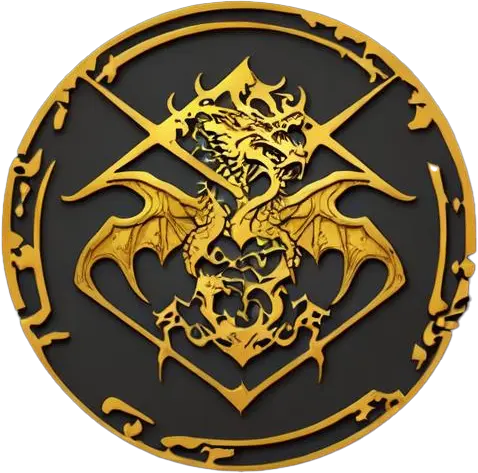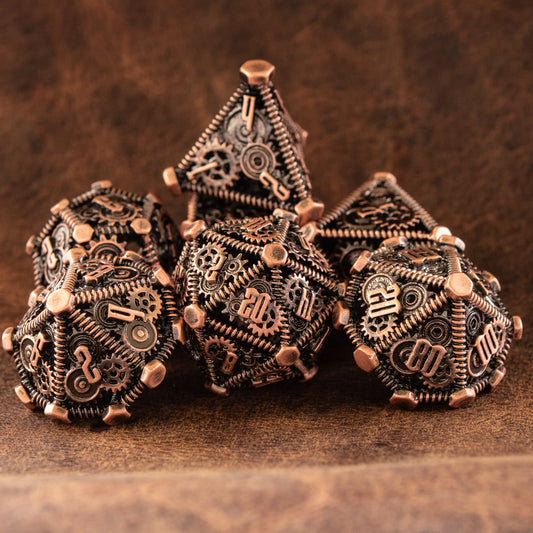In Dungeons & Dragons (D&D) tabletop role-playing games, various accessories and tools enhance gameplay and make the experience more immersive. Here are some common items used in D&D:
1. Dice
- Polyhedral Dice: Standard sets typically include a d4, d6, d8, d10, d12, and d20. These are essential for determining outcomes of actions and events in the game.
2. Character Sheets
- Character Sheets: Detailed documents that track a character's abilities, skills, equipment, and progress throughout the campaign.
3. Miniatures
- Miniatures: Small figures representing characters, monsters, and NPCs (non-player characters). They are often used on a battle grid to visualize combat scenarios.
4. Battle Maps
- Battle Maps: Gridded maps where miniatures can be placed to represent the game environment. These can be pre-made or drawn by the Dungeon Master (DM).
5. Dungeon Master Screen
- DM Screen: A foldable screen that allows the DM to hide their notes, maps, and dice rolls from the players. It often includes useful reference charts on the inside.
6. Rulebooks
- Player's Handbook (PHB): The main guide for players, containing rules, classes, races, spells, and equipment.
- Dungeon Master's Guide (DMG): A guide for DMs, providing tips, additional rules, and world-building advice.
- Monster Manual: A compendium of creatures and monsters that players may encounter in their adventures.
7. Tokens and Markers
- Condition Tokens: Used to mark status effects like poisoned, stunned, or grappled on characters or monsters.
- Initiative Trackers: Tools to keep track of the order of turns during combat.
8. Terrain Pieces
- Terrain Pieces: Three-dimensional pieces representing various environments like forests, mountains, buildings, and dungeons. These add depth to the battle maps.
9. Spell Cards
- Spell Cards: Decks of cards that list spells and their effects, making it easier for spellcasters to manage their abilities.
10. Notebooks and Journals
- Notebooks and Journals: Used by players and the DM to keep notes on the campaign, character backstories, and plot developments.
11. Apps and Digital Tools
- Digital Character Builders: Apps and websites that help players create and manage their characters.
- Virtual Tabletop (VTT) Platforms: Online platforms like Roll20 and Fantasy Grounds that allow for remote play with digital maps, tokens, and dice rolling.
12. Props and Costumes
- Props: Physical items like fake coins, maps, or artifacts that can be used to enhance the storytelling experience.
- Costumes: Some players and DMs dress up as their characters or NPCs to add an extra layer of immersion.
These tools and accessories help create a rich and engaging D&D experience, allowing players to better visualize the game world and manage their characters and encounters more efficiently.





